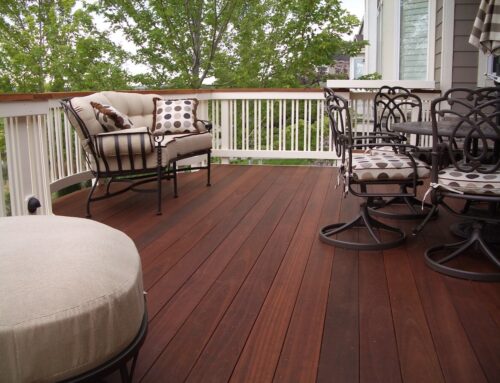If you find yourself feeling down lately, know that you’re not alone. According to the National Institute of Mental Health, Seasonal Affective Disorder, or SAD, is a type of seasonal depression. The most common seasonal winter depression, a serious disorder that affects about five percent of people. Another 10 to 20 percent of people are believed to suffer from “mild” winter depression – that’s one out of every five to ten of us!
Winter depression typically starts in late fall and resolves in spring or summer, and symptoms will tend to come and go at the same time each year. It’s worth noting that SAD affects four times as many women as men.
So how do you know when it’s time to seek professional help? If you’re seeing some of the following winter depression symptoms in yourself or someone you care about, it’s time to take action:
- Fatigue
- Oversleeping
- Overeating and weight gain
- Cravings for sweet and starchy foods
- Difficulty concentrating
- Social withdrawal or “hibernation”
Possible Causes
Research indicates that people with SAD may have difficulty regulating serotonin, a brain chemical that plays a key role in mood stabilization, sleeping, eating, and helping to reduce depression and anxiety, in addition to helping to regulate other bodily functions. Individuals with SAD may be deficient in Vitamin D, which is believed to help the activity of serotonin.
In the continental United States, the body is able to make sufficient Vitamin D from summer sun exposure. Between the months of September to April, those living north of the 37th parallel – which includes us here in Colorado – are not able to produce sufficient Vitamin D no matter how much exposure you get, due to the angle of the sun’s rays.
Melatonin, a sleep-regulating hormone, is also implicated in SAD. It’s thought that people with SAD are sleepy and lethargic due to an overproduction of melatonin, which is stimulated by darkness and increases in everybody as the days grow shorter.
Getting Help
Consulting with your primary care physician is a good place to start for help with SAD symptoms. Your doctor may check your Vitamin D levels and recommend supplement if indicated, although research on the effectiveness of supplementation for treating SAD has been mixed. Antidepressants, phototherapy and psychotherapy are other treatments your doctor may suggest.
Phototherapy, also called light box therapy, has been used to treat SAD since the 1980s. According to the Mayo Clinic, it can be an effective treatment when used alone or in combination with medication and/or psychotherapy. Light boxes provide the UV rays that your body needs to make vitamin D. You’ll need to sit directly in front of the device on a daily basis to obtain relief from symptoms. Light boxes can be purchased online, and come in a range of styles, prices and intensities. Be sure to consult with your physician before using one.
The most common type of psychotherapy used to treat SAD is Cognitive-Behavioral Therapy, also known as C.B.T. If you decide to seek counseling to help ease your SAD symptoms, you might consider looking for a professional with this type of training and expertise.
Another great way to help beat those winter blues is being active, getting outdoors, and exercising. Experts claim that activity, especially when paired with light therapy or C.B.T, can make a big difference in our mood. When we start pulling ourselves in from the things that we love and enjoy – social interaction or activities – it makes the symptoms worse. Instead, getting ourselves off the couch and outdoors or out with friends and family can make all the difference in fighting SAD.
Spring Is Coming
However hard these dark, cold winter days can be on our spirits, remember that this too shall pass. Rest assured that warm, sunny spring days will be here before you know it!






Leave A Comment